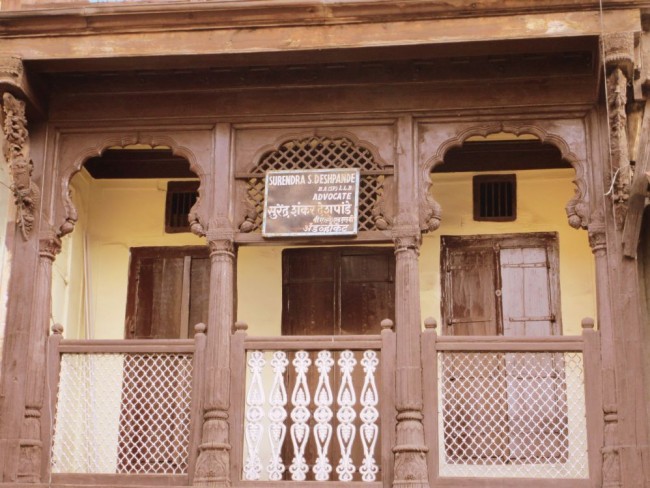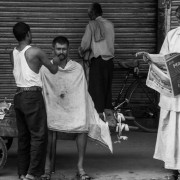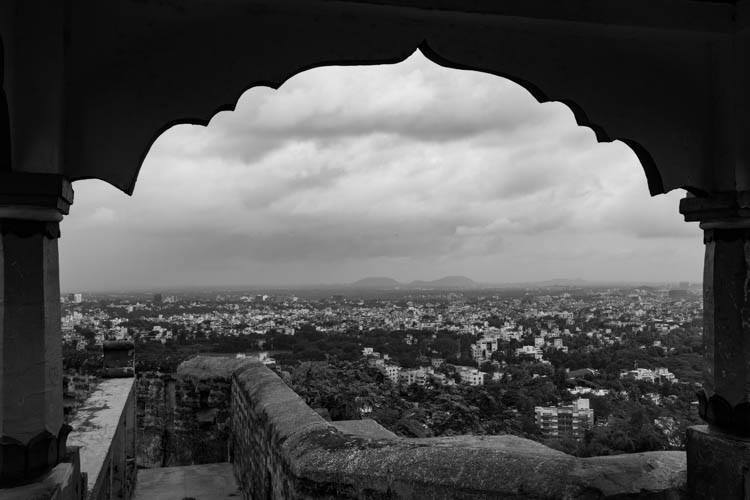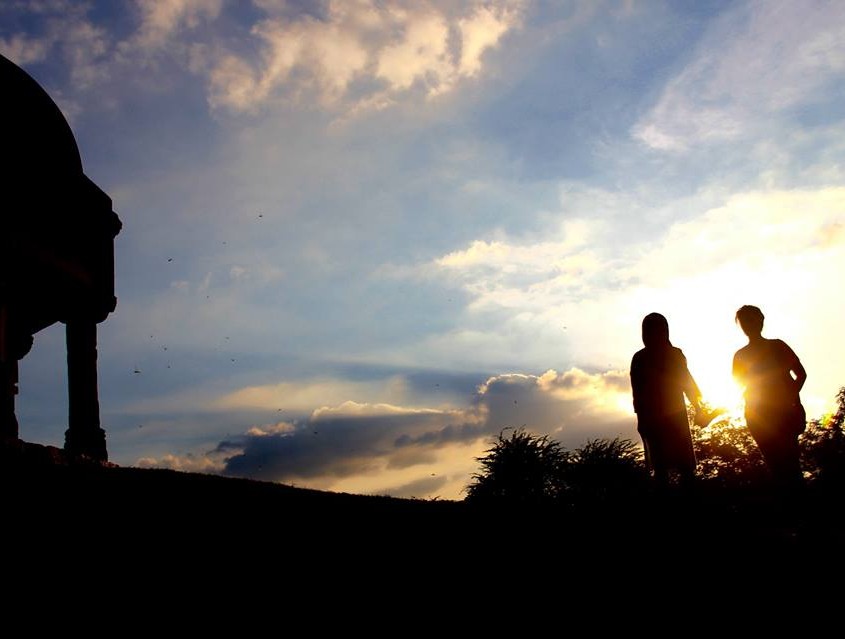Scott Kelby Worldwide Photowalk Pune 2016
http://worldwidephotowalk.com/walk/old-pune-city/
Date/Time
Saturday, October 1st, 2016 | 3:45pm – 5:45pm
Where We Will Meet
Parking lot on the Western Gate side of Shaniwar Wada
Where The Walk Will End
Parking Lot on the Eastern Gate side of Shaniwar Wada
About This Walk
This photo walk will take us through the oldest part of Pune City, on the right bank of Mutha river. It will begin from Shaniwar Wada and pass through parts of Budhwar Peth and Kasba Peth. On this walk you will see:
- Shaniwar Wada (1730-1732)
- Amruteshwar Mandir (1760)
- Nana Wada (1803)
- Kasba Ganpati Mandir
- Muzumdar Wada (1740-1760)
- Tambat Ali (copper craft precinct)
- 17th Century wadas
- alis, bols, gallis (streets)
- Vernacular brickwork; stone and timber jallis; wood windows; doors and brackets; cast and wrought iron railings; ganesh patti
All the above apart from giving you nostalgia of a bygone era and visual delight also present excellent photo opportunities. The footpaths will be bustling with people rushing about and street hawkers selling a variety of wares.
Walkers must carry water bottles, wear caps and also carry rain capes/jackets this time of the year. Sidewalks are narrow and streets are busy with traffic. Two hours walk time is sufficient to cover the route of the walk at a leisurely pace with enough time to take pictures. Thus there is no hurry and walkers must take utmost care while walking to avoid accidents.
Walkers must avoid using personal vehicles to reach the venue as all of you know the lack of parking facilities particularly in old city area. Please try and use public transport, auto rickshaws or cabs. However if you do use personal transport limited parking facilities are available inside the two gates of Shaniwar Wada, PMC Parking facility is available opposite the main gate of Mahatama Phule Market(Bhaji Mandai) and a car parking is available on the left as you cross the P.M.C. Bhawan Bridge, opposite the Amruteshwar Mandir.
We request you, that in case due to any unforeseen circumstances, you are unable to attend the event, please immediately log in to the walk site and click on the ‘leave walk’ option, so that somebody else who is keen can attend the walk, as we have a strict limitation of 50 persons for the walk.
And finally we request all persons registered for the walk to please check once a week or at least a couple of days before the walk for latest updates. The walk venue being old city area, busy with traffic and people, we have to seek permission from the local police authorities, to hold a walk in this area. We will be approaching the local police authorities shortly and do not envisage any problem. However if for any reason, including the permission not forth coming, we are forced to shift the venue of the walk to a venue where such permission is not required, we shall update this information on the walk site immediately.




 Let’s explore, SEE it through our viewfinders and try to bring out the true character of this landmark of our capital city – our very own Chandni Chowk.
Let’s explore, SEE it through our viewfinders and try to bring out the true character of this landmark of our capital city – our very own Chandni Chowk.


























